Not only bringing a valuable product to life, the bird's nest profession also contributes to the reputation of "agarwood forest - bird's nest sea" throughout the long historical journey of building and developing Khanh Hoa province.
Proud of traditional craft
Every time I have the opportunity to meet people who are involved in the bird's nest business in Vinh Nguyen and Vinh Truong wards (Nha Trang city), the song "Internal and external waves are undulating/Swallows come from all over the west and east/Drain, raise their young, build nests/For people to be strong, for the country to be beautiful" resounds again. Khanh Hoa people have always passed on the story of a small sea bird that was released to earth by Bodhisattva Avalokitesvara, to befriend fishermen. The bird's nest is different from other birds, from its appearance to its ecological habits, making nests from its own blood on steep cliffs on remote, deserted islands. In particular, that small bird brings people a valuable product: bird's nests. Under the Nguyen lords, the bird's nest business developed strongly, the small, opaque white bird's nests, only the size of a teacup, were one of the many strategic export items of Dang Trong.
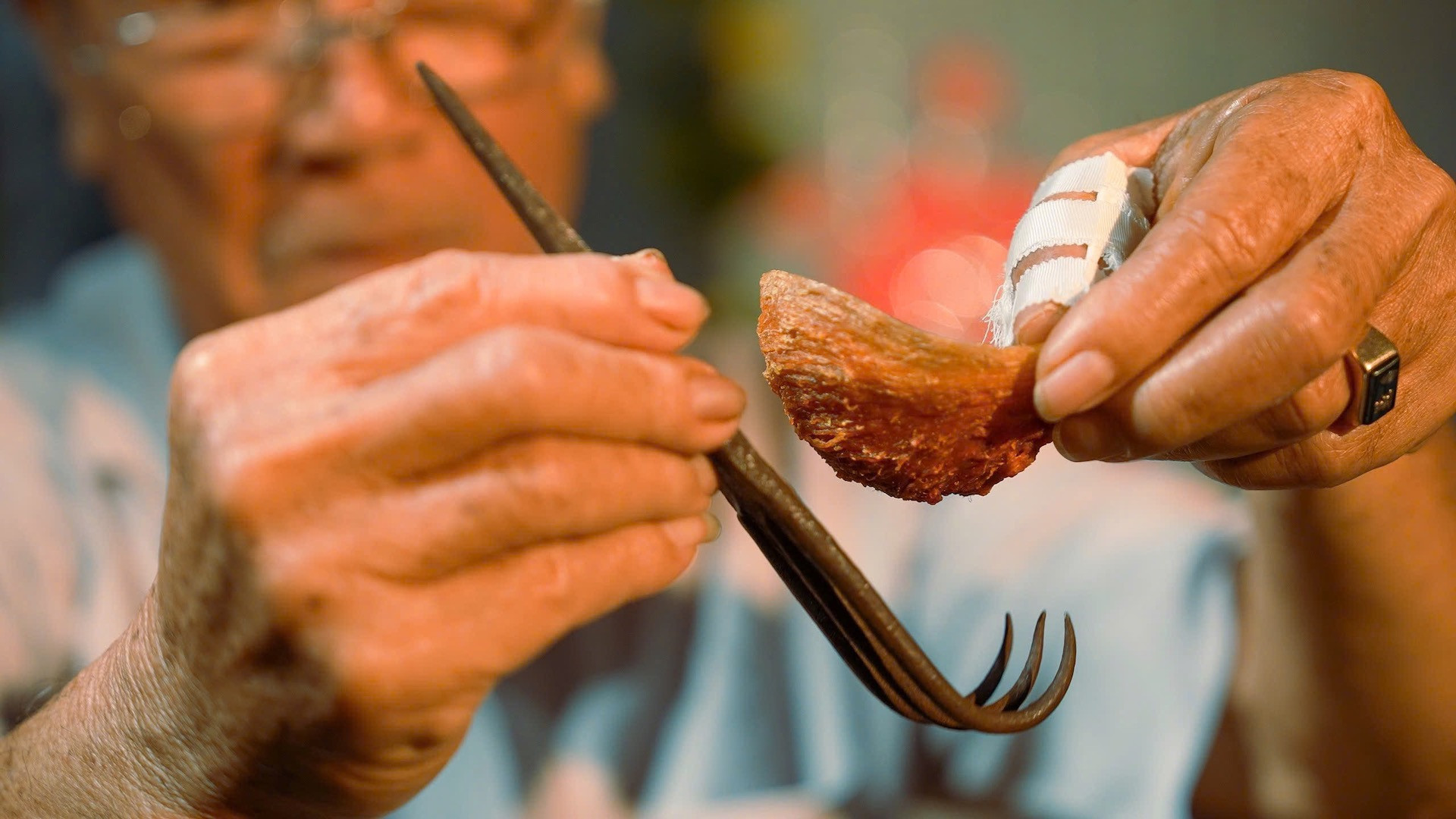
According to some folklore documents, the bird's nest industry has existed for nearly 700 years. The story begins with the Tran Dynasty general Le Van Dat arriving at Hon Tre island in 1328. That year, Admiral Le Van Dat's boat encountered a storm and drifted to Hon Tre island. He and his soldiers established Bich Dam village, explored the surrounding islands, discovered the swiftlet flocks and found ways to exploit the bird's nests. Therefore, Admiral Le Van Dat was honored by the people of Bich Dam fishing village as a god of fortune and worshiped in the village temple; the bird's nest community honored him as the founder of Khanh Hoa's bird's nest industry.
Later, the 21st generation descendant of Admiral Le Van Dat, the Binh Khang peace envoy Le Van Quang, and his daughter, Grand Admiral Le Thi Huyen Tram, made great contributions to the protection and exploitation of bird's nests. The story goes that on May 10, the year of the Ox (1793), Grand Admiral Le Thi Huyen Tram and her father heroically sacrificed their lives in the battle to protect the sovereignty of the territorial waters and the bird's nest islands. Since then, the people have honored Le Thi Huyen Tram as the Holy Mother of the Bird's Nest Island, and built temples to worship her on the bird's nest islands.
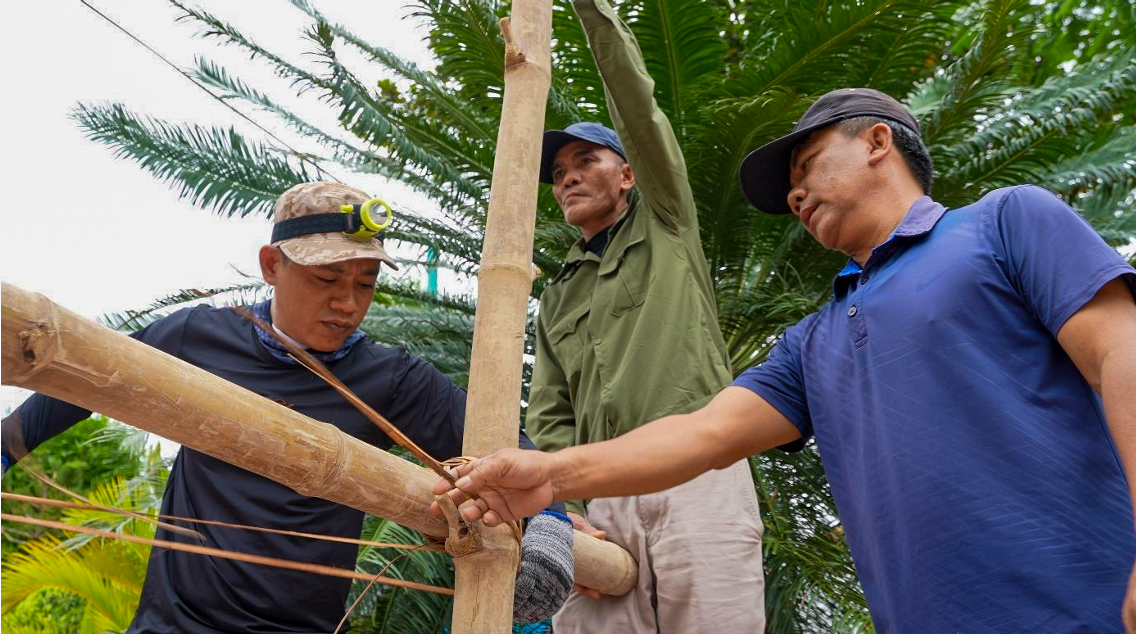
For nearly 700 years, generations of bird nest workers have silently passed down the work from father to son to guard the bird nest islands, living together and protecting the flock of birds to continuously reproduce and grow. In the past, when access to the islands was difficult, the population was sparse, and people rarely went to the islands, the birds often gathered to make nests in natural caves, the exploitation tools were only rudimentary including bamboo scaffolding, poles and temporary huts, rafts, boats to transport necessary items during the exploitation season, harvesting for the living of the bird nest exploiters and island guards. To this day, the profession of exploiting and processing bird nests has reached a new height with pride in a unique traditional profession of the land and people of Khanh Hoa.
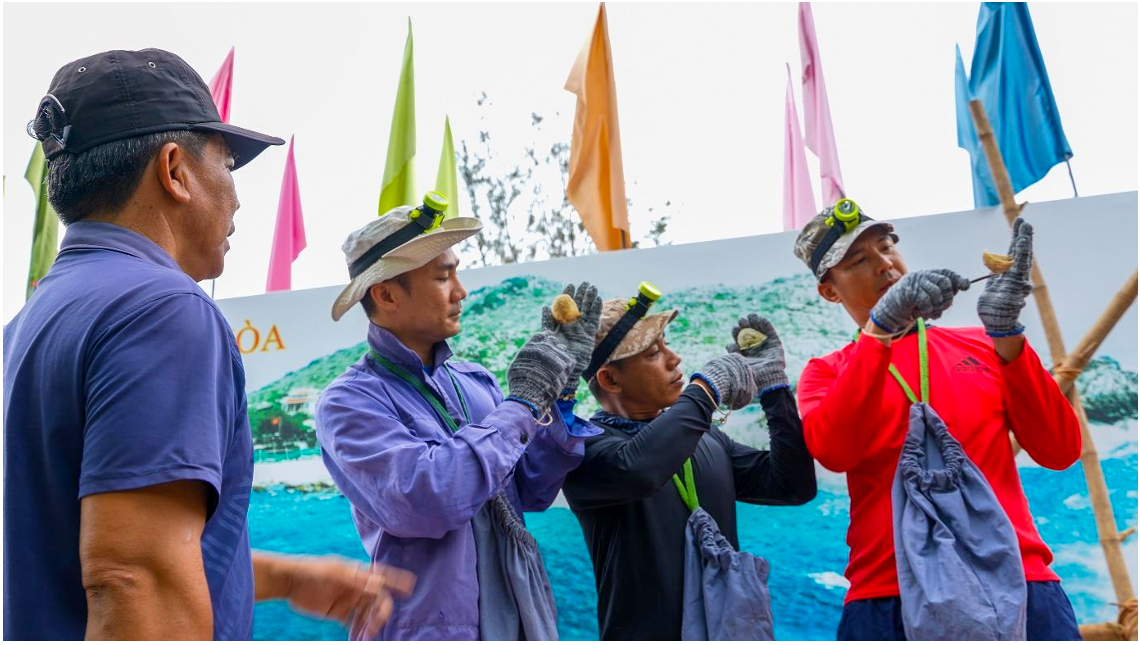
Become a national heritage
Recently, the Ministry of Culture, Sports and Tourism has decided to include the national intangible cultural heritage "Knowledge of exploiting and processing bird's nests in Khanh Hoa". After many efforts to preserve and develop, the long-standing traditional bird's nest profession of Khanh Hoa people has received recognition and honor. This information has brought joy, pride, and emotion to those who have been attached to the bird's nest profession for many years. After many ups and downs, joys and sorrows with the profession, one day the bird's nest profession will truly be famous", said Mr. Vo Van Cam (Nguyen Van Thanh street, Vinh Nguyen ward).
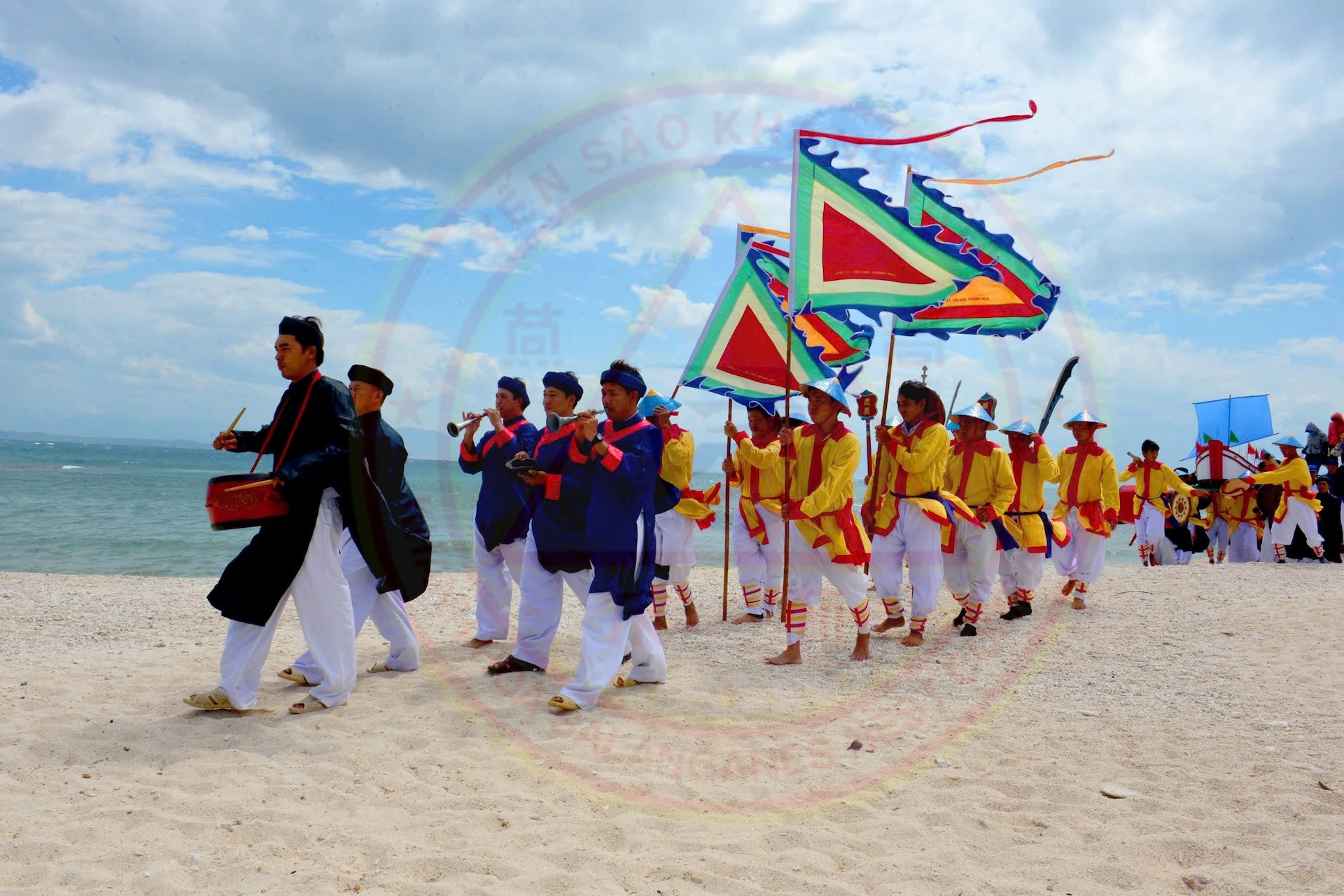
According to Mr. Cam, in the stories about the bird's nest profession before the liberation day, the image of people working in the bird's nest profession had an extremely difficult life, and their lives were also precarious. In November 1990, Khanh Hoa Bird's Nest Company was established and is currently the Khanh Hoa Bird's Nest State-owned One Member Company Limited. Thereby, the bird's nest profession has not only been preserved and enhanced but also contributed positively to the socio-economic development of the province.
According to Mr. Le Van Hoa - Deputy Director of the Department of Culture and Sports, the cultural space related to the bird's nest profession is not only concentrated in one location but in 33 islands and 173 bird's nest caves. The cultural space of the bird's nest profession also includes religious works. In addition, there are also locations for producing and processing bird's nests throughout the province. The knowledge and experience in the practice of the profession have created a traditional local profession and have been maintained and existed for several centuries, contributing to the diversity and enrichment of intangible cultural heritage in Khanh Hoa.
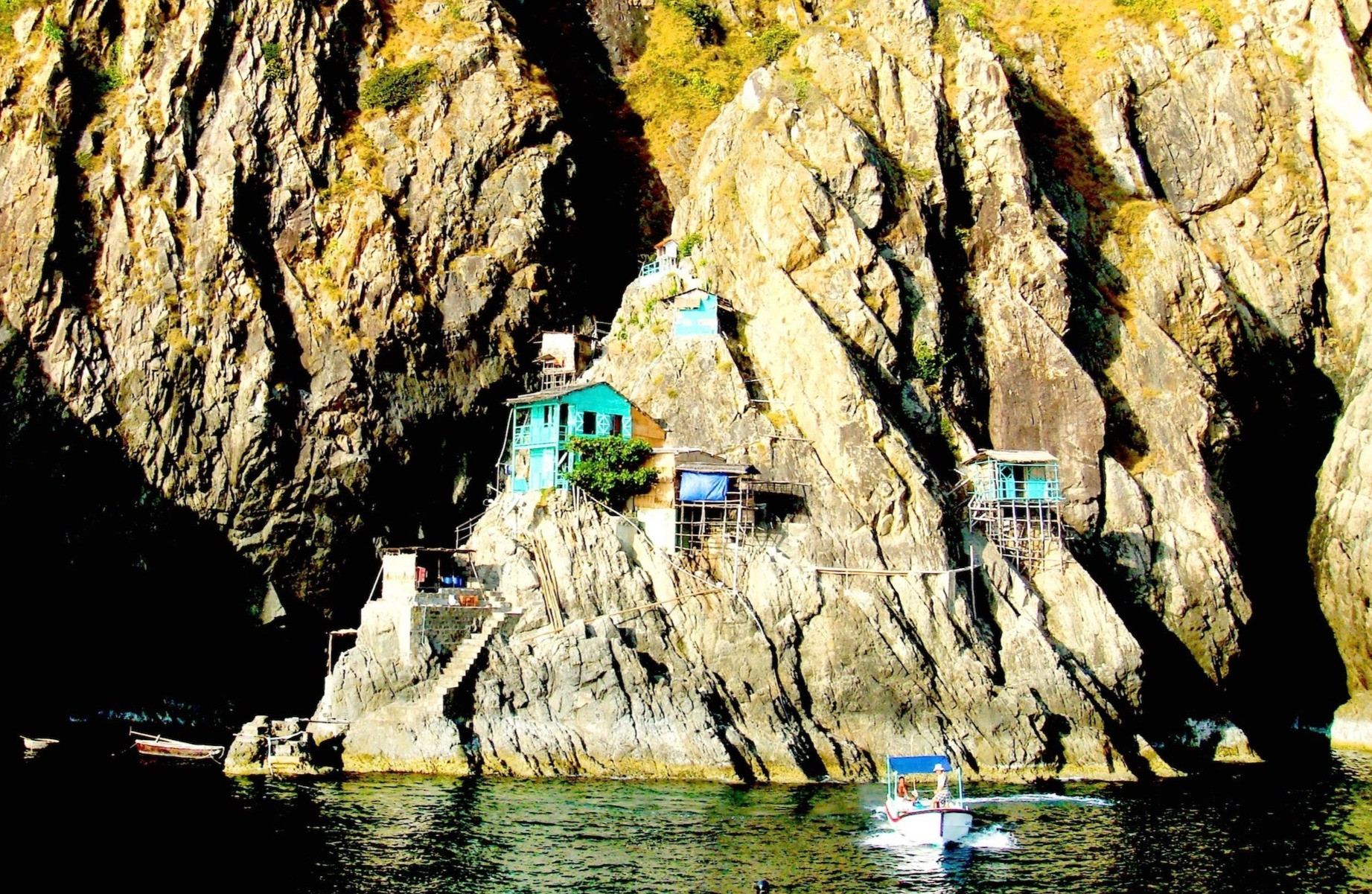
The bird's nest industry has left behind valuable historical relics in many aspects, forming the bird's nest festival and being practiced annually. The fact that the bird's nest industry is included in the list of national intangible cultural heritage is a way to protect and preserve this traditional industry for sustainable development.
Humanity
Source: https://vietnamnet.vn/rang-danh-nghe-yen-khanh-hoa-2368425.html


![[Photo] Prime Minister Pham Minh Chinh chairs the Government's special meeting on law-making in April](https://vstatic.vietnam.vn/vietnam/resource/IMAGE/2025/4/13/8b2071d47adc4c22ac3a9534d12ddc17)
![[Photo] National Assembly Chairman Tran Thanh Man attends the Policy Forum on Science, Technology, Innovation and Digital Transformation](https://vstatic.vietnam.vn/vietnam/resource/IMAGE/2025/4/13/c0aec4d2b3ee45adb4c2a769796be1fd)
![[Photo] National Assembly Chairman Tran Thanh Man attends the ceremony to celebrate the 1015th anniversary of King Ly Thai To's coronation](https://vstatic.vietnam.vn/vietnam/resource/IMAGE/2025/4/13/6d642c7b8ab34ccc8c769a9ebc02346b)
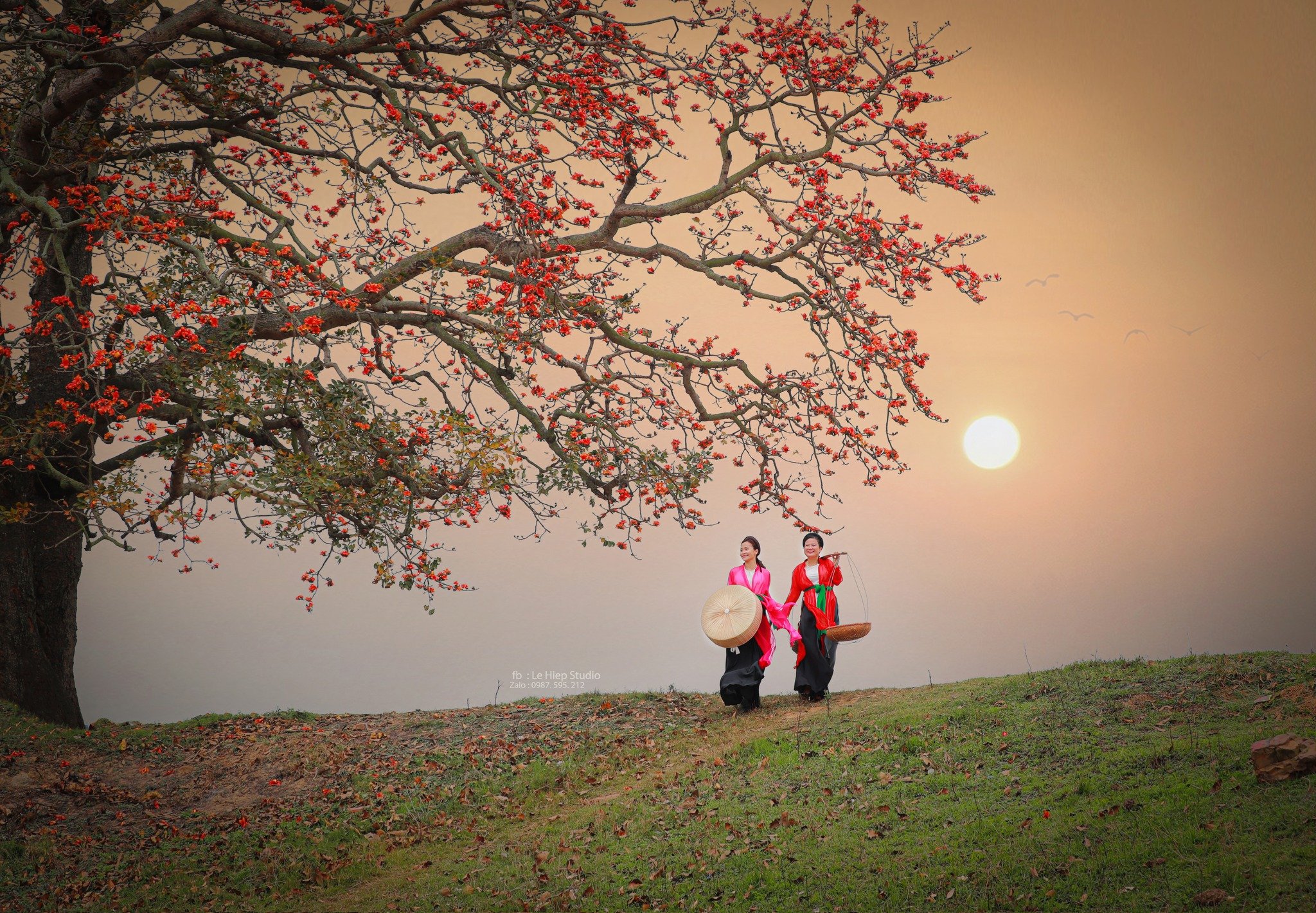


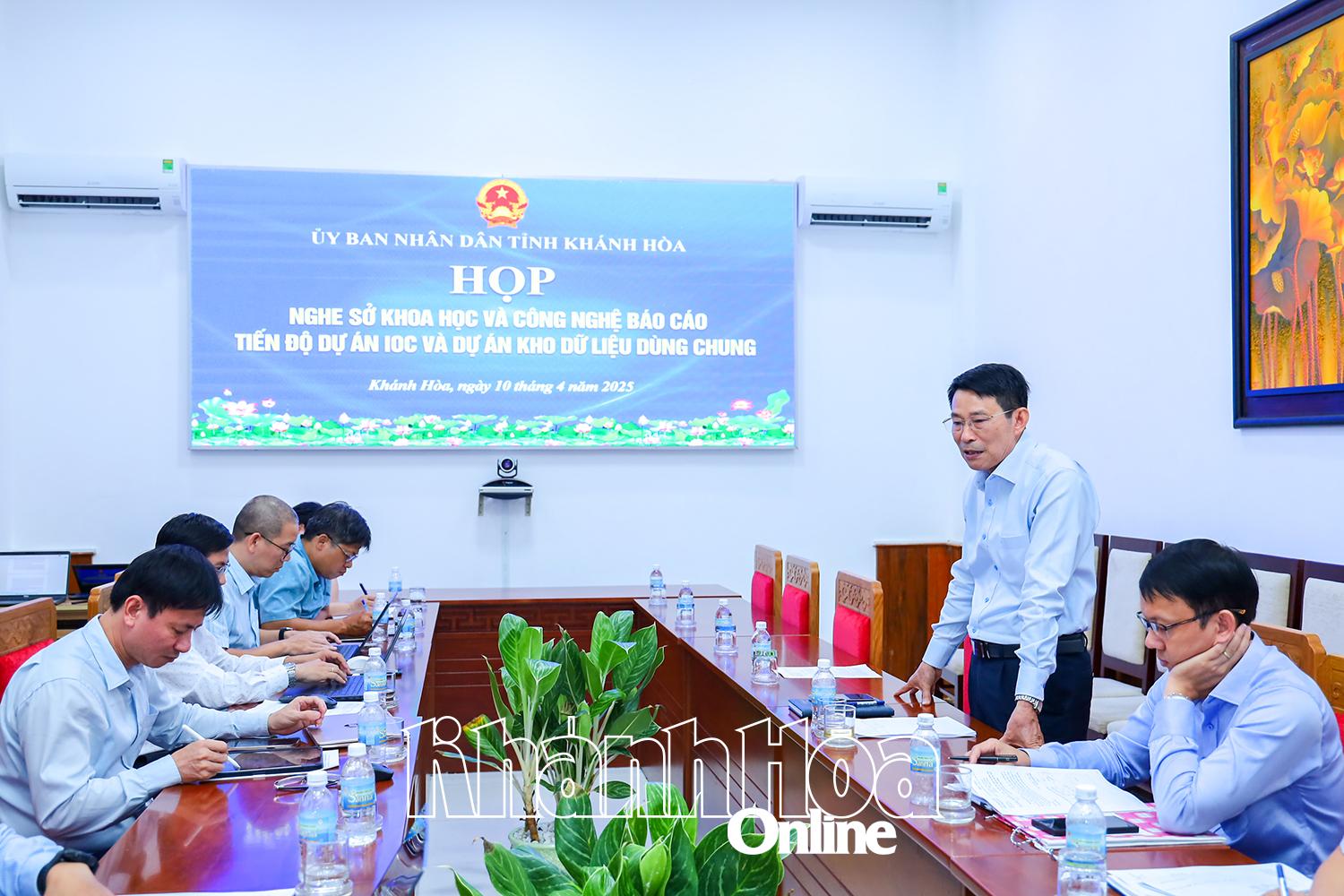

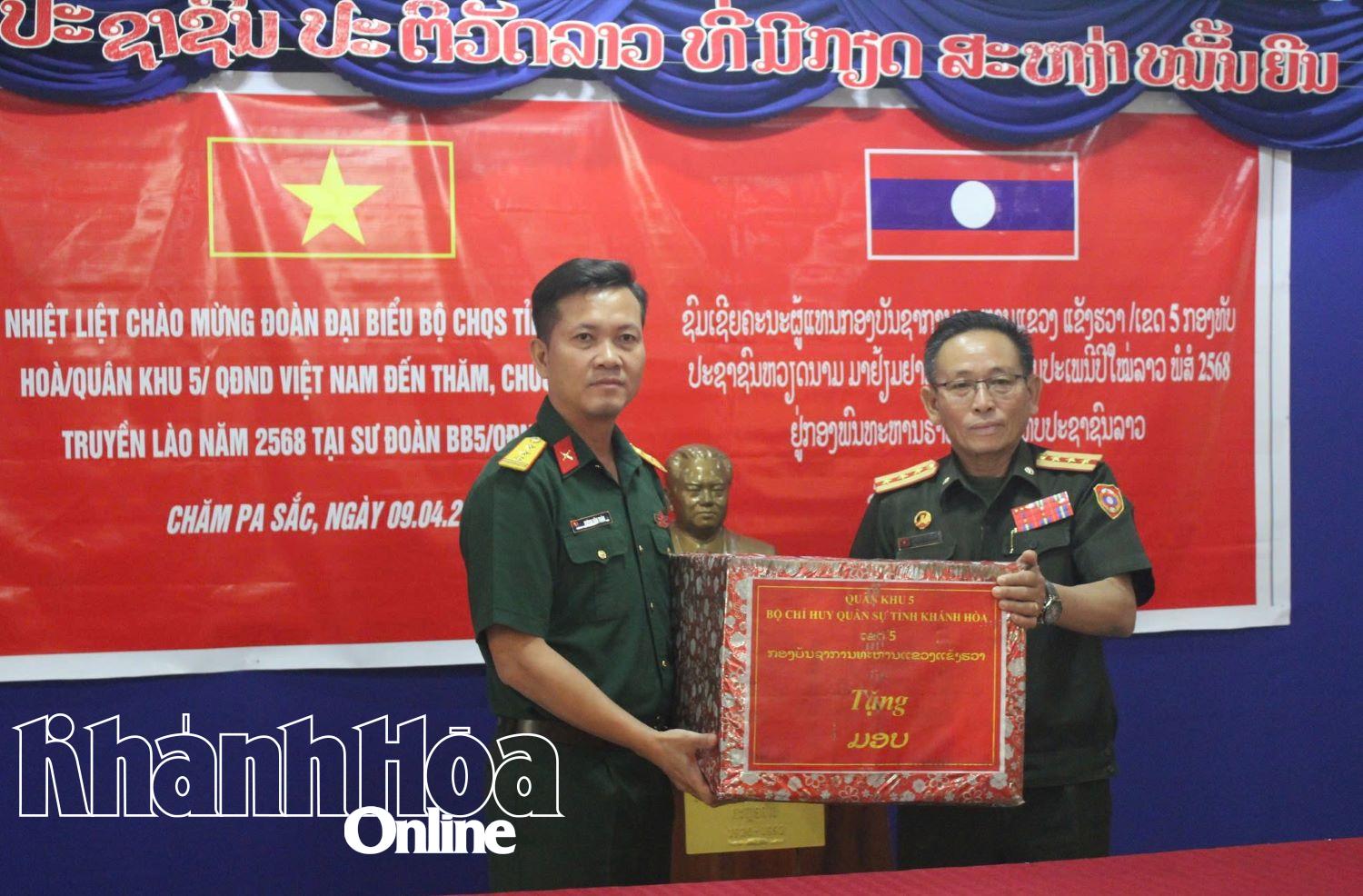

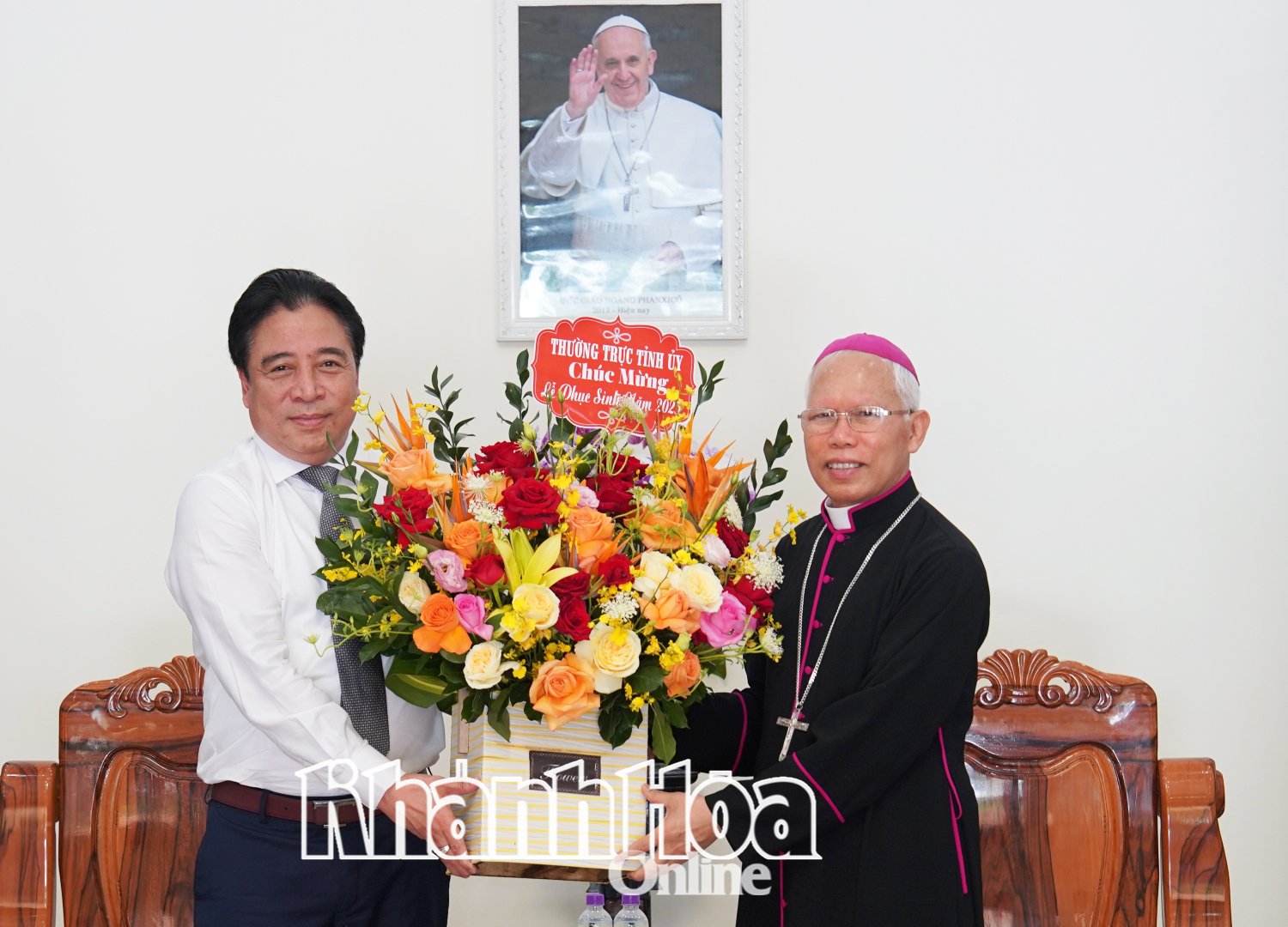

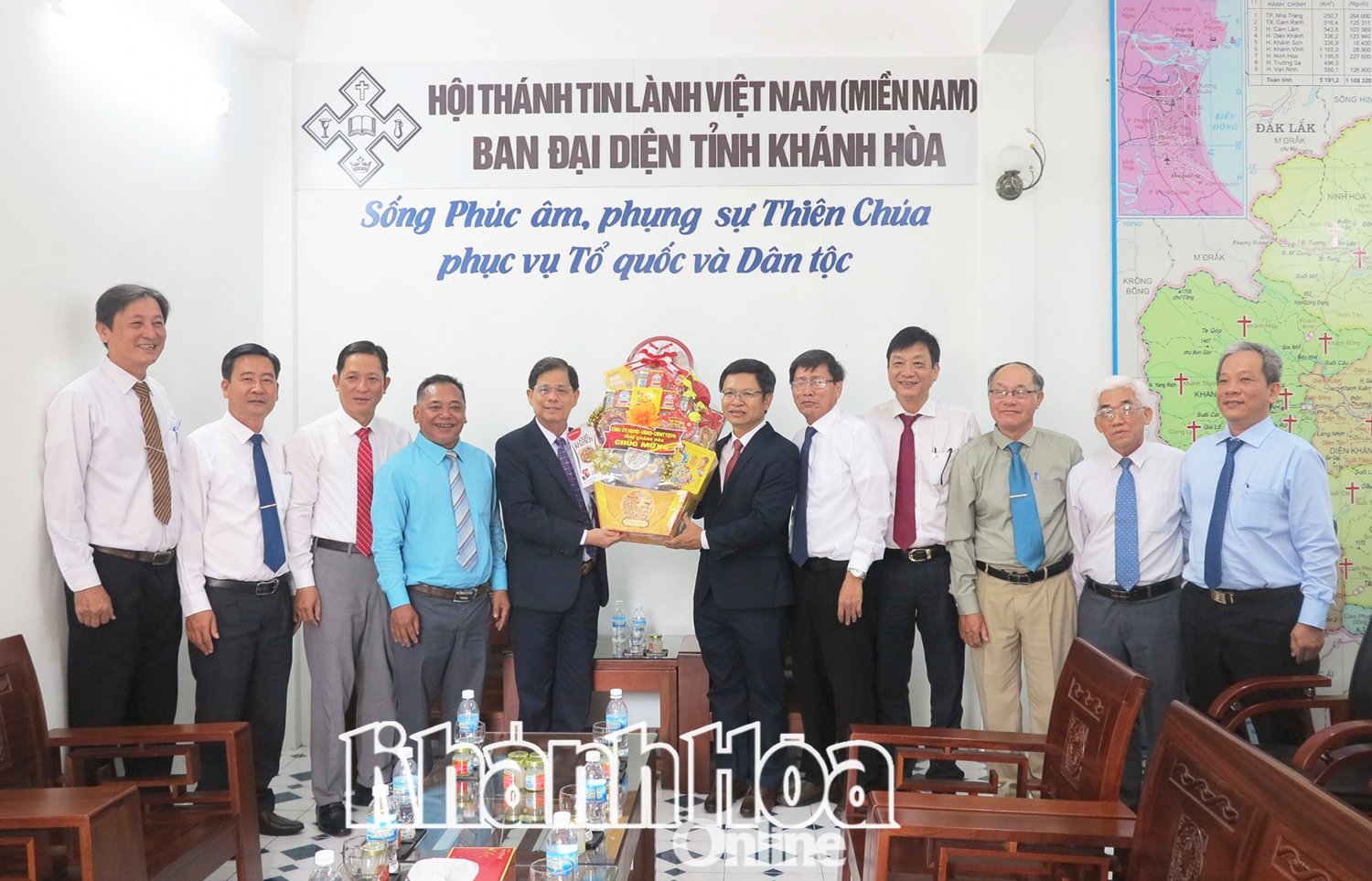



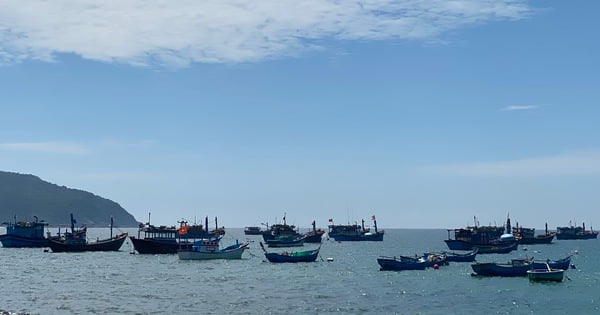





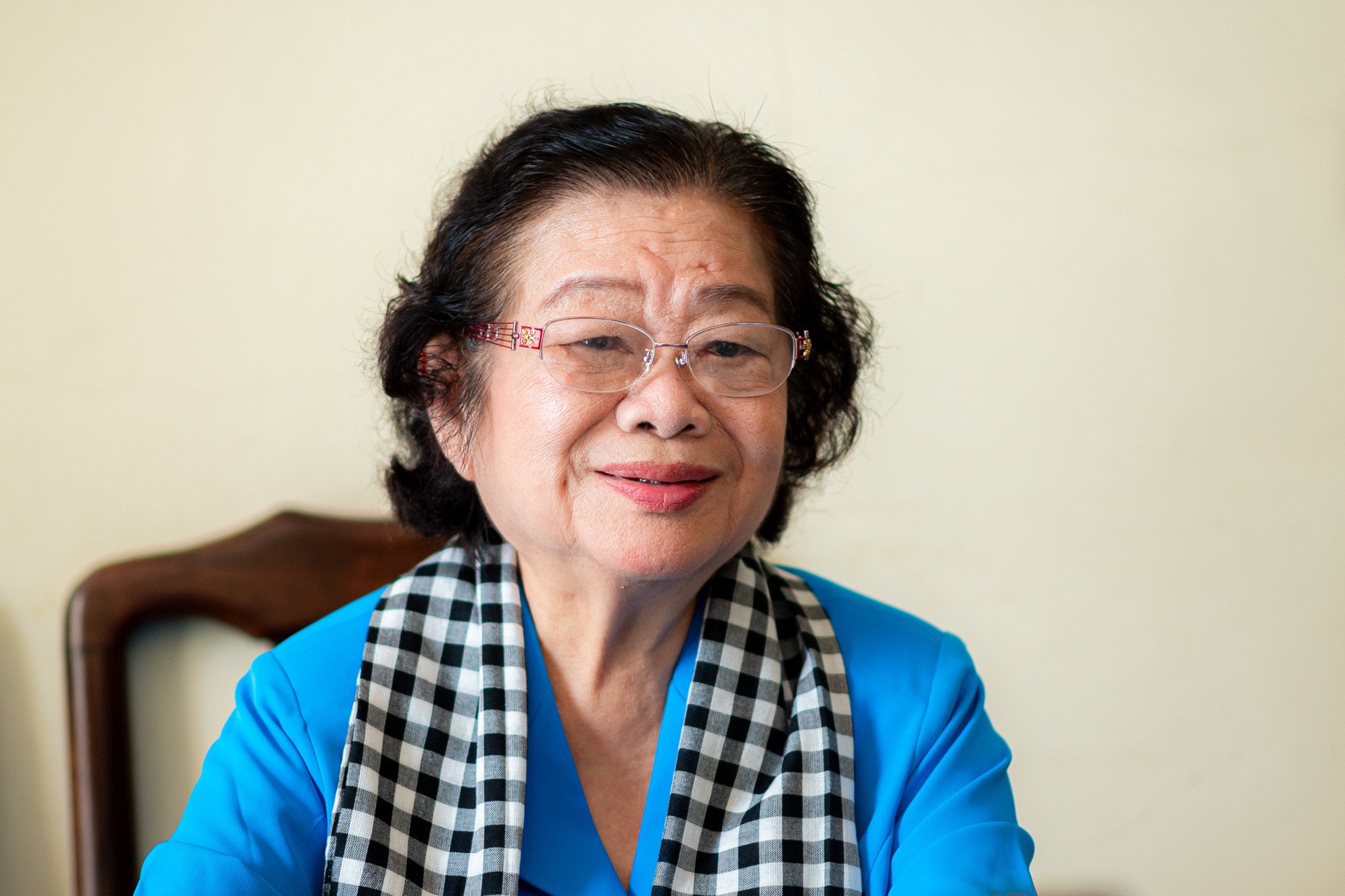






































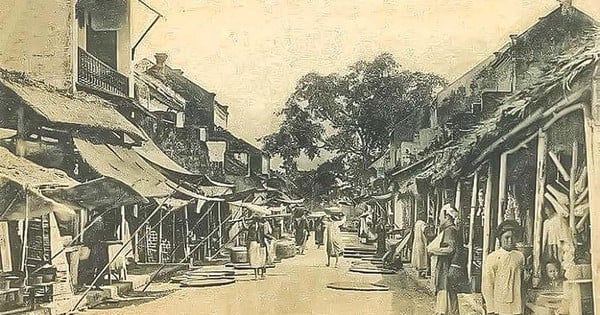

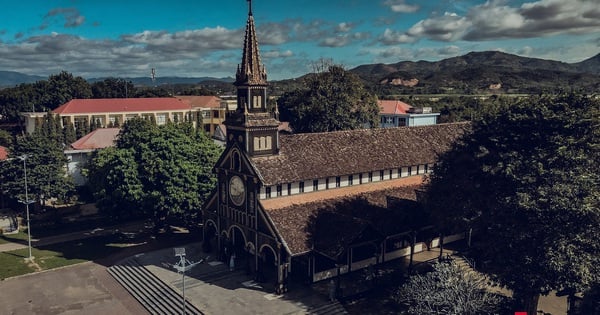





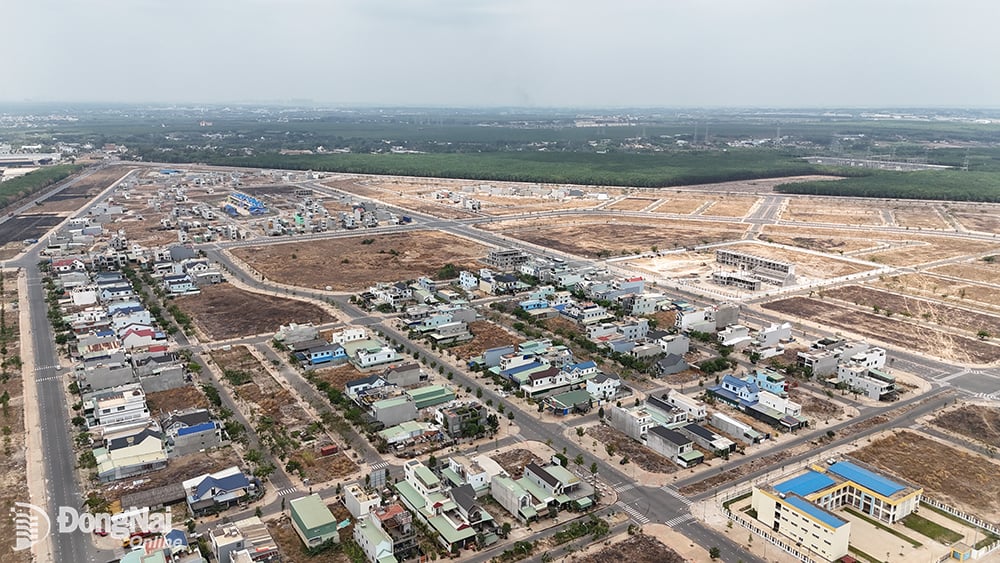

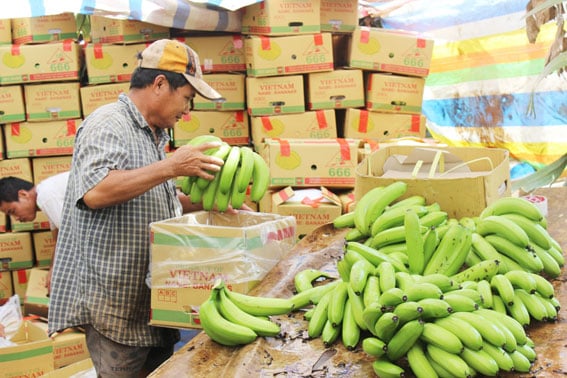
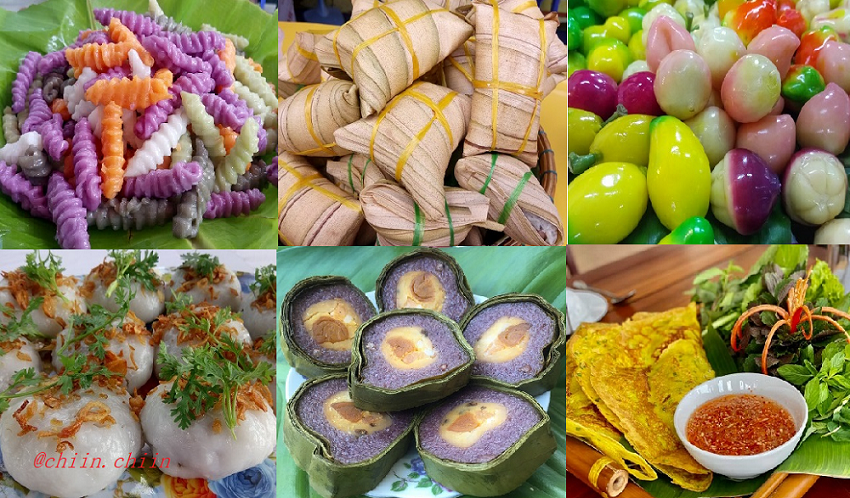















Comment (0)